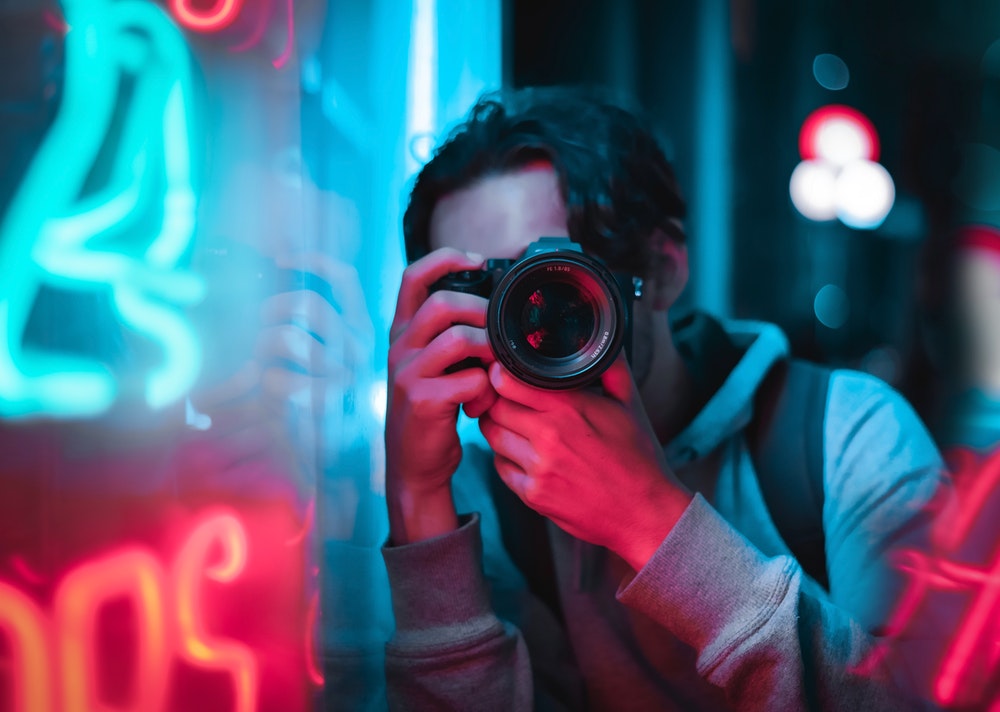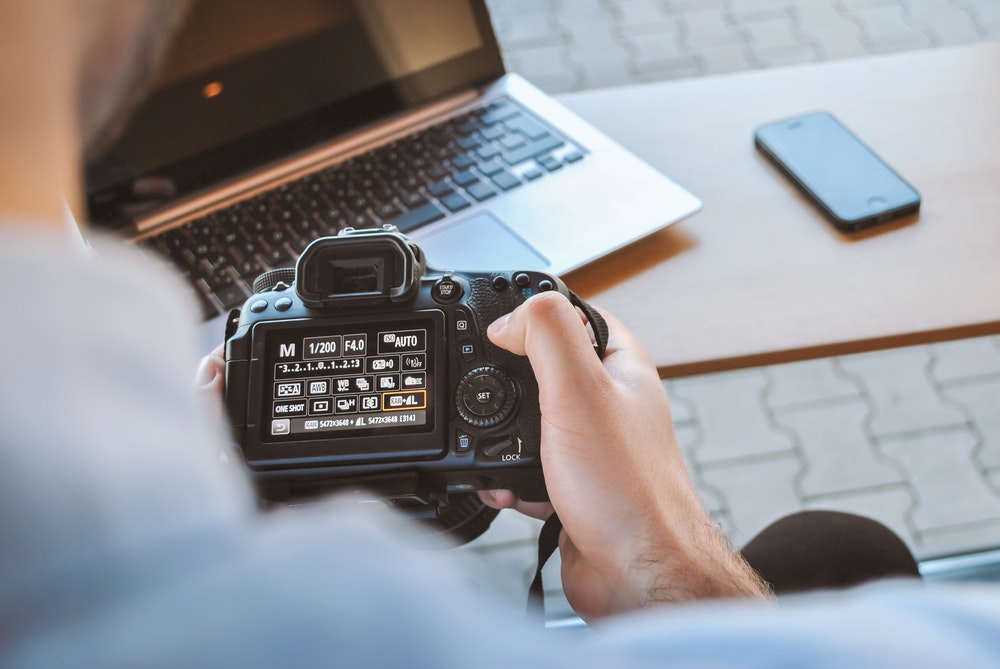A Guide to the Exposure Triangle in Digital Photography

The exposure triangle is one of the most important things to learn in photography. Though there are a lot of things beginners need to learn in photography, this concept is often considered tough to learn especially in the beginning.
There are many articles on the internet explaining the same concept but here we are going to simplify it for the ease of most photographers.
So, what is the exposure triangle?
Before we go further, discussing the exposure triangle itself is very important. There are basically three fundamental concepts affecting the quality of a photo captured by the camera and they are shutter speed, aperture, and ISO.
Whenever you alter one of these parameters, you need to adjust the other in order to maintain balance in the photograph. They are represented in a form of a triangle where one side is aperture, the second is ISO and the third is shutter speed.
The exposure triangle is essential to understand
The stop is a very important term used to get proper exposure in photography. In a normal sense, when the amount of light composing exposure is doubled or cut to half, it is called stop. This is a very specific feature and differs for every photo. The surrounding of a photo and other things decide the amount of light needed to expose the subject correctly.
In case an image is underexposed, you can add a stop to make it bright. In the same way, if the image is overexposed, you can make the image brighter. On the other hand, you can decrease the stop to darken an underexposed image.
The process to add or remove stop involves changing shutter speed, ISO, and aperture. Let us understand the concept of the exposure triangle in more detail as we talk you through each part of the triangle in detail.
Aperture
Aperture is a hole in the lens allowing the light to fall on the sensor. Whenever you increase the aperture, the amount of light entering the lens will also increase, and conversely, if you decrease the size of the aperture, it will cut down the amount of light entering the lens.
The f-stop is used to denote the size of the aperture but a lot of people are confused about it. Here, we are going to end that confusion once and for all.
The f-stop is represented like f/4, f/16, etc. In this case, f/4 is greater than f/16 which confuses a lot of users. F-stop is the ratio of focal length to that of the diameter of the aperture. It can also be represented as:
f-stop = focal length/diameter.
In this mathematical equation, if you want to get the value of the diameter, you can rearrange these terms like,
Diameter=focal length/f-stop.
Now this expression means for a given focal length when the f-stop number is higher, the diameter will be smaller (hence small will be the opening of the aperture). And when the f-stop number is small, the diameter will be large for a given focal length.
So, whenever you are planning to adjust the aperture, keep in mind that higher f-stop values mean small aperture and lower f-stop values refer to the larger aperture.
The shutter speed
Shutter speed decides the time duration for which the light falls on the sensor. The standard unit for measuring the shutter speed is second. It is one of the easiest concepts to understand in the exposure triangle. If you want to increase the exposure of light in the photograph, you can achieve it by increasing the shutter speed.
If you increase the shutter speed from 1/8s to 1s, it will increase the exposure by three stops. In case you decrease the shutter speed from 1s to 1/8s, it will decrease the exposure by three stops (there are three stops in between 1s and 1/8s i.e. 1, ½, ¼, and 1/8).
ISO
ISO is the final exposure in the exposure triangle. Though ISO is quite a difficult term to understand through this tiny section of the article, but we will give you a rough idea about it. ISO is used to represent the sensitivity of your camera for light falling on the sensor.
In simple terms, if you increase the ISO in your camera, the camera will become more sensitive to light and hence the photo will be brighter and the reverse will happen if you decrease the value of ISO.
When the value of ISO is high, the sensor doesn’t need more light for better exposure but the camera may need more light for the same photo if the ISO is low. You can increase the exposure of the photo by exactly 2 stops after doubling the value of ISO. In the same way, if the ISO is reduced to half, you will be able to reduce the exposure by one stop.

Exposure triangle and camera settings
The right combination of the exposure triangle
There are thousands of combinations of these three elements of the exposure triangle for a given photograph. Getting a perfectly balanced exposure is not something very difficult. Just focus on all three parameters while you adjust one.
Suppose you decrease the value of aperture by 4 stops, then you have to increase the combined value of ISO and exposure by 4 stops. And there may be several combinations of the exposure and ISO to compensate for the change you made in aperture.
This is the simplest analogy to help you learn this skill. If you decrease one of these values by 4 stops, there is a need for equivalent increase in the other two for a balanced exposure.
Photographers! Earn a $200 Sign up Bonus... |
|---|
Interested? Sign-up here(more details) |
Final words
Talking about all the details involved in the exposure triangle is not possible through a small article like this. But we hope this information helps you understand the way it operates.
Next time when you are photographing something and someone tells you to increase the ISO by two stops, it won’t be a big deal for you. You may simply increase the ISO and balance the other two parameters for a perfect shot.
About the Author
Emma Taylor is a writer, wine aficionado and live theatre tragic. When not writing guest posts, she can be found with her two cats and a glass of Australian wine.


